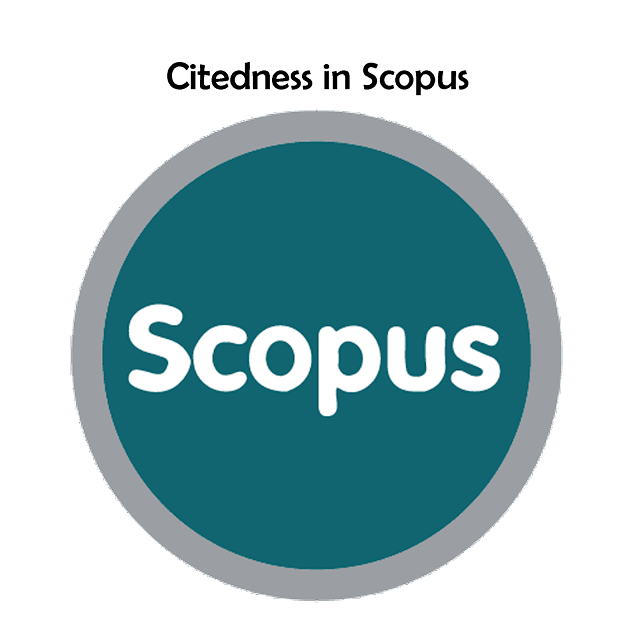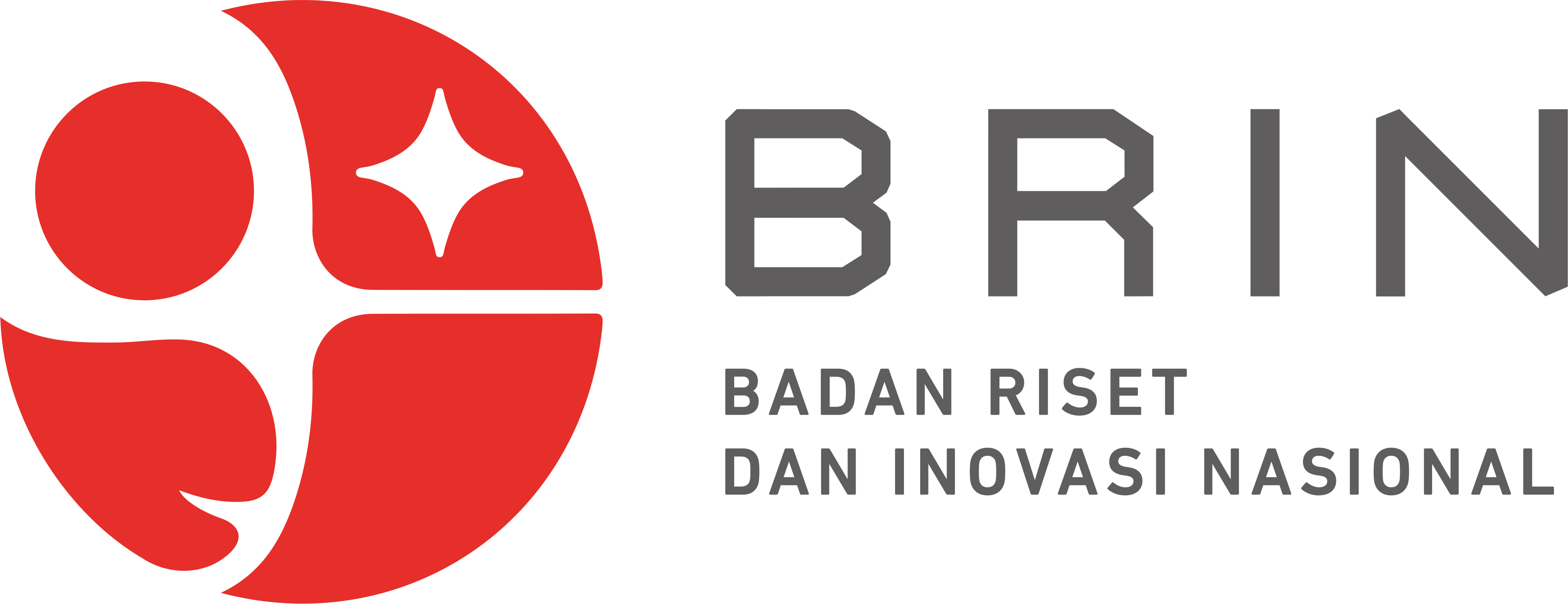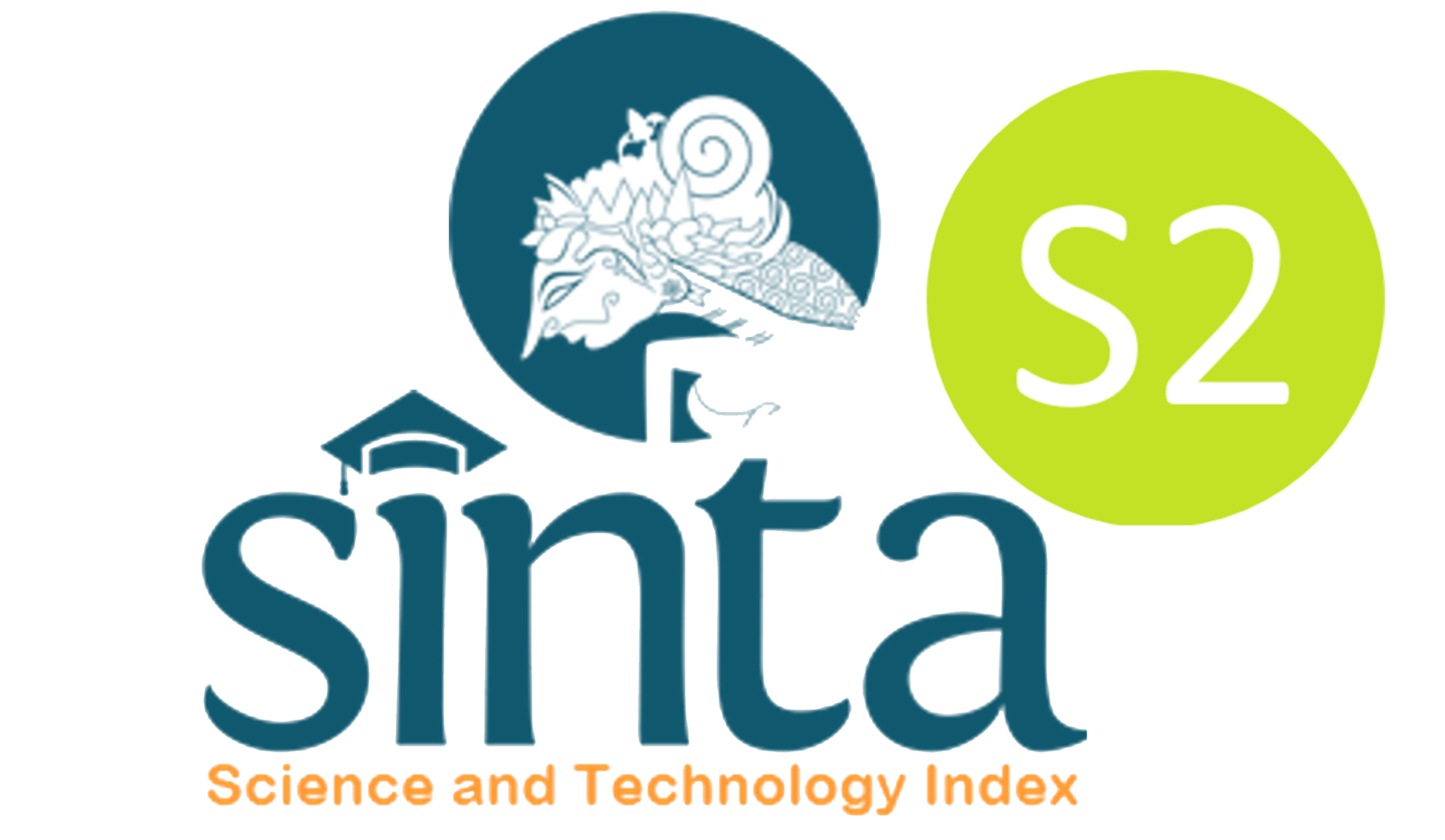PENERAPAN METODE TOPSIS DALAM PENENTUAN DOSEN TERBAIK
Gunawan Wibisono(1*); Arif Amrulloh(2); EIH Ujianto(3);
(1) Universitas Teknologi Yogyakarta
(2) Universitas Teknologi Yogyakarta
(3) Universitas Teknologi Yogyakarta
(*) Corresponding Author
AbstractAppreciation for the performance of a worker is very important in the aim of valuing his efforts for the institution. In the world of education, especially universities, lecturers are one of the main components in building quality and quantity. The good quality of lecturers should also provide good quality graduates, while the quantity or number of lecturers will affect the number of students in the college. In the aim of building the quality of lecturers, the award in the form of ranking the best lecturers can be an alternative trigger for quality improvement. Decision support systems (DSS) can be a tool that helps rank the best lecturers, of course with criteria to produce ranking alternatives. The length of work, achievements and tridharma (teaching, research, and consecration) of higher education is used as a criterion to obtain the best alternative rank of lecturers from the number of lecturers as many as 20 people. Lecturer data is taken from the telecommunication engineering study program Institut Teknologi Telkom Purwokerto (ITTP). The TOPSIS method was chosen in this multicriteria DSS, the result was 6 selected lecturers to be the best alternative lecturers and from these results it turned out that the most influential was the number of research and teaching rankings, while the duration of work did not affect much. KeywordsDecision Support System; The Best Lecturer; ITTP; TOPSIS
|
Full Text:PDF |
Article MetricsAbstract view: 2193 timesPDF view: 1844 times |
Digital Object Identifier https://doi.org/10.33096/ilkom.v11i2.430.102-109 https://doi.org/10.33096/ilkom.v11i2.430.102-109
|
Cite |
References
A. S. Prabu and D. T. Wijayanti, “Pengaruh Penghargaan dan Motivasi Terhadap Kinerja Karyawan (Studi Pada Divisi Penjualan PT. United Motors Center Suzuki Ahmad Yani, Surabaya),” J. Ekon. Bisnis dan Kewirausahaan, vol. 5, no. 2, p. 104, Aug. 2016.
P. R. Indonesia, “UNDANG UNDANG NOMOR 12 TENTANG PENDIDIKAN TINGGI PASAL 1 AYAT 9,” 2012, 2012. [Online]. Available: http://sumberdaya.ristekdikti.go.id/wp-content/uploads/2016/02/uu-nomor-12-tahun-2012-ttg-pendidikan-tinggi.pdf. [Accessed: 18-May-2019].
A. P. Windarto, “IMPLEMENTASI METODE TOPSIS DAN SAW DALAM MEMBERIKAN REWARD PELANGGAN,” KLIK - Kumpul. J. ILMU Komput., vol. 4, no. 1, p. 88, Mar. 2017.
F. Riandari, P. M. Hasugian, and I. Taufik, “SISTEM PENDUKUNG KEPUTUSAN MENGGUNAKAN METODE TOPSIS DALAM MEMILIH KEPALA DEPARTEMEN PADA KANTOR BALAI WILAYAH SUNGAI SUMATERA II MEDAN,” J. Inform. Pelita Nusant., vol. 2, no. 1, pp. 6–13, 2017.
A. A. Chamid, “PENERAPAN METODE TOPSIS UNTUK MENENTUKAN PRIORITAS KONDISI RUMAH,” Simetris J. Tek. Mesin, Elektro dan Ilmu Komput., vol. 7, no. 2, p. 537, Nov. 2016.
I. A. Nata, B. Soedijono, and H. Al Fatta, “PENENTUAN WILAYAH PROMOSI PENERIMAAN SISWA BARU DENGAN METODE TOPSIS,” J. Ilm. Teknol. Inf., vol. 12, no. 34, pp. 61–80, 2017.
C. Surya, “Penilaian Kinerja Dosen Menggunakan Metode TOPSIS (Studi Kasus : Amik Mitra Gama),” J. RESTI (Rekayasa Sist. dan Teknol. Informasi), vol. 2, no. 1, pp. 322–329, May 2018.
Turban E, Aronson JE & Liang Ting-Peng, Decision Support Systems and Inteligent Systems, Internasional Edition, Edisi 7, New Jersey, 2005
D. Nofriansyah, Konsep Data Mining VS Sistem Pendukung Keputusan, Pertama. Yogyakarta: Deepublish, 2014.
N. G. Khodashahri and M. M. H. Sarabi, “DECISION SUPPORT SYSTEM (DSS),” Singaporean J. Bus. Econ. Manag. Stud., vol. 1, no. 6, pp. 95–102, 2018.
Diana, METODE DAN APLIKASI SISTEM PENDUKUNG KEPUTUSAN, Pertama. Yogyakarta: Deepublish, 2018.
Darsono Nababan and Robbi Rahim, “Sistem Pendukung Keputusan Reward Bonus Karyawan Dengan Metode Topsis,” Simetris, vol. 3, no. 6, pp. 2–6, 2018.
Refbacks
- There are currently no refbacks.
Copyright (c) 2019 Gunawan Wibisono, Arif Amrulloh, EIH Ujianto

This work is licensed under a Creative Commons Attribution-ShareAlike 4.0 International License.










